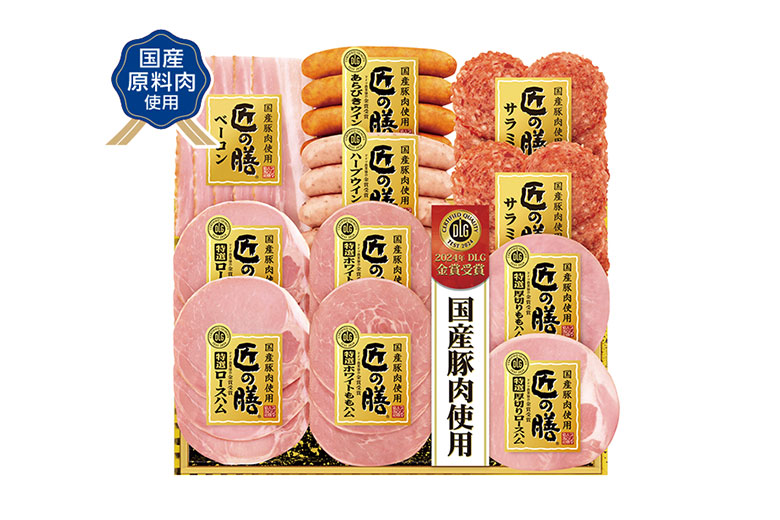Reducing the volume of waste output is one of our material issues. In fiscal 2022, the Board of Directors set two targets for fiscal 2030: Plastic and food waste down at least 5% from the fiscal 2021 level,1 and at least 98% of food waste recycled.2
As for reducing the volume of waste output, we commit to targets for reducing waste intensity and work on waste reduction initiatives that avoid compromising business growth. For reducing food waste, each plant has taken the initiatives to develop an environmental management system. As of April 2024, 40.3% of the production sites across the Group are now certified to ISO 14001 (an international standard for environmental management systems) or Eco-Action 21 (a standard provided by Japan’s Ministry of the Environment). For reducing plastic waste, as well as cutting the amount of plastic waste that Prima Meat Packers generates, we are cutting plastic waste generated from the raw materials we procure.
To help reduce food loss, we are working on initiatives to extend shelf life, including the use of high pressure processing (HPP), a non-thermal technique that neutralizes microorganisms quickly.
- 1Per production output
- 2This indicates the percentage of food waste generated during production that is recycled.
Reducing food waste
- Takumi no Zen® giftpack
By neutralizing microorganisms with high-pressure processing, we extent shelf lives from 35 days to 60 days.

- Stock Dish®
The product remains fresh at room temperature for as long as 180 days, making it an ideal complement to a household’s regularly replenished stockpile of emergency food supplies.
